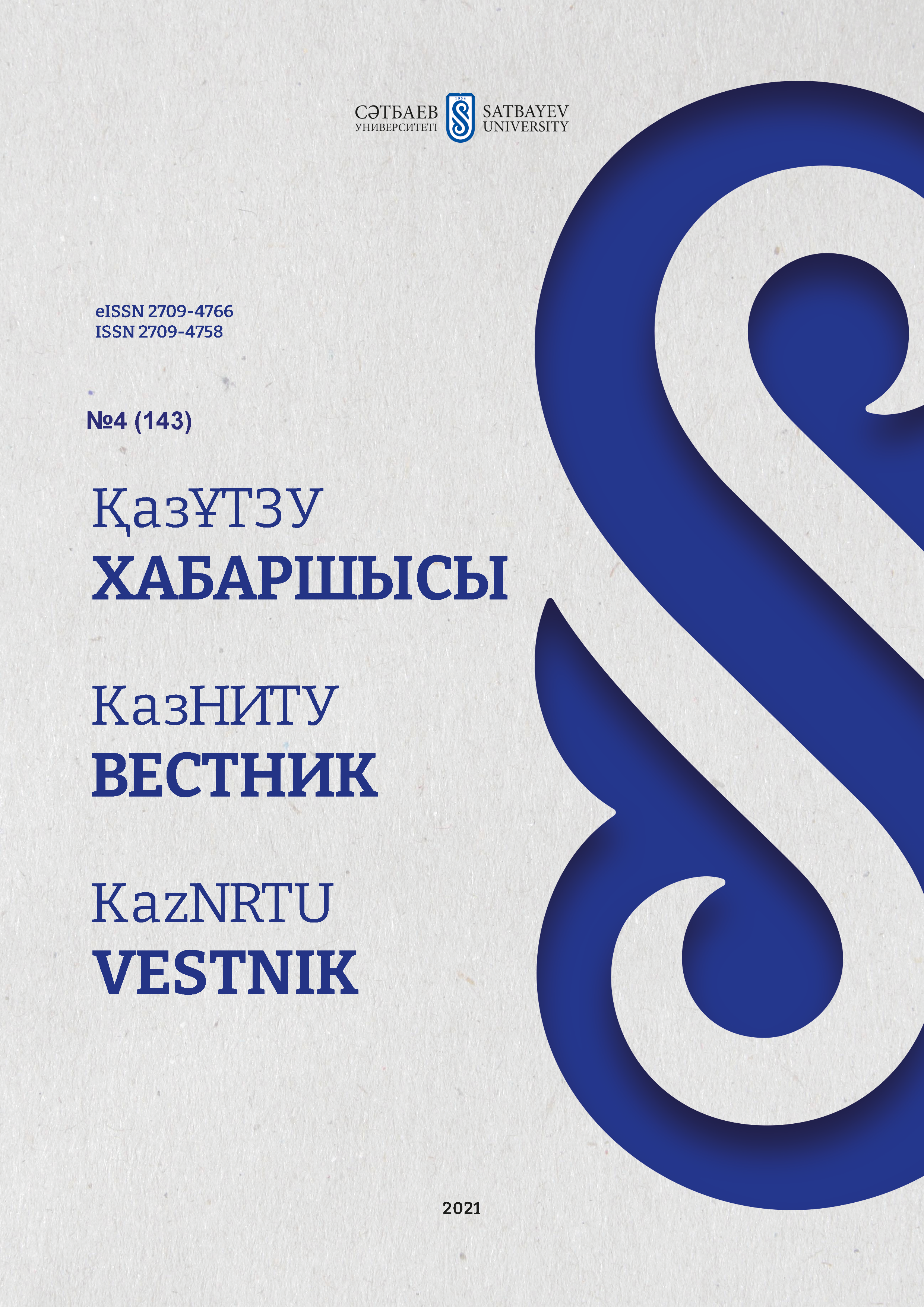Simulation of geodynamic processes
DOI:
https://doi.org/10.51301/vest.su.2021.i4.03Keywords:
hydrocarbon deposits, ground surface, subsidence, seam roof, seam pressure, geodynamic polygon, geodetic monitoring, radar interferometry, modeling.Abstract
To select an optimal and environmentally friendly technology for oil and gas development, it is necessary to estimate in advance the likely disfigurement processes of the surface terrain. To this end, it is recommended to develop predictive geodynamic models prior to start of field development, taking into consideration the geological characteristics and tectonic activity of the area under investigation, as well as the specific features of the reservoir. Research methods. In this paper, two models of subsidence of the ground surface in a hydrocarbon field are considered: a parametric spatial model developed at Delft University of Technology and a model based on the Knoté influence function developed at the Canadian Center for Geodetic Engineering. The first method is more suitable for describing a smooth and gradual subsidence in deep gas reservoirs and allows you to assess the spatial-temporal pattern of movement of the ground surface. In the second method, geodynamic processes are modeled based on the functional relationship between reservoir compaction and subsidence of the day surface, taking into account the location of the oil reservoir, physical and mechanical properties of rocks, changes in reservoir pressure and the results of surface disfigurement monitoring and is recommended for oil fields. Research results. A comparative analysis of these methods is carried out on the example of the Tengiz oil and gas field in Western Kazakhstan. An evaluation of the developed model accuracy is carried out by comparing the calculated values of soil subsidence with the data of radar interferometry, and estimates obtained by other researchers. Recommendations are given on the application of the considered methods in the generation of predictive models of oil and gas fields, the necessity of calculating the transfer coefficient of the reservoir compaction to the position of the day surface, taking into account the depth of the reservoir and the physical and mechanical properties of the rock massif, is indicated.
Downloads
Published
How to Cite
Issue
Section
License
Copyright (c) 2021 VESTNIK KAZNRTU

This work is licensed under a Creative Commons Attribution-NonCommercial-NoDerivatives 4.0 International License.
<div class="pkpfooter-son">
<a rel="license" href="http://creativecommons.org/licenses/by-nc/4.0/"><img alt="Creative Commons License" style="border-width:0" src="https://i.creativecommons.org/l/by-nc/4.0/80x15.png"></a><br>This work is licensed under a <a rel="license" href="http://creativecommons.org/licenses/by-nc/4.0/">Creative Commons Attribution-NonCommercial 4.0 International License</a>.
</div>





